China, a land of diverse cultures and rich history, is also a paradise for food lovers. The country's vast geography and varied climates have given rise to a multitude of regional cuisines, each with its own unique flavors and culinary techniques. Embarking on a culinary adventure through China is like diving into a colorful tapestry of tastes, where every dish tells a story of the land and its people. This essay will take you on a virtual journey through the heart of China, exploring the flavors that make Chinese cuisine one of the most celebrated in the world.
Starting in the north, we find the hearty and robust flavors of Beijing cuisine. Known for its use of wheat-based ingredients, Peking Duck stands out as the city's most famous dish. This dish is not just about the succulent, crispy-skinned duck meat; it's an experience that involves wrapping the slices in thin pancakes with scallions and sweet bean sauce. The balance of flavors and textures is a testament to the skill of Beijing's chefs. Other northern delicacies include Mongolian Hot Pot, a communal dish where diners cook slices of meat and vegetables in a shared pot of simmering broth, and Jiaozi, the traditional Chinese dumplings that are often filled with a mixture of pork, cabbage, and spices.
Moving south to the region of Sichuan, we are greeted by the bold and spicy flavors that have made this cuisine famous worldwide. Sichuan peppercorns, with their unique numbing effect, are a key ingredient in many dishes, such as Mapo Tofu, a dish of soft tofu in a spicy bean-based sauce. The province is also known for its use of a wide range of ingredients, from the humble vegetable to the exotic, creating a cuisine that is both diverse and complex. Another Sichuan classic is Kung Pao Chicken, a stir-fried dish with chicken, peanuts, and vegetables in a savory sauce.
In the eastern province of Jiangsu, we find the delicate and refined flavors of Suzhou and Shanghai. Shanghai cuisine, also known as Hu cuisine, is characterized by its lightness and emphasis on the natural flavors of the ingredients. Xiaolongbao, or soup dumplings, are a must-try; these steamed dumplings are filled with a rich broth and seasoned meat, and are traditionally eaten by biting a small hole in the skin and sipping the soup before consuming the dumpling. The region is also known for its sweet and sour dishes, such as Sweet and Sour Mandarin Fish, which is a testament to the skill of Jiangsu chefs in balancing sweet and savory flavors.
Heading further south to Guangdong, we enter the world of Cantonese cuisine, which is known for its focus on freshness and the art of dim sum. Dim sum is a style of dining where small, bite-sized portions of food are served in steamer baskets or on small plates. Some popular dim sum items include Har Gow, shrimp dumplings with a translucent wrapper, and Siu Mai, a dumpling filled with ground pork and shrimp. Cantonese cuisine is also famous for its roast meats, such as char siu, a sweet and savory barbecued pork, and Peking duck, which, while originating from Beijing, has its own unique Cantonese preparation.
The western region of China, with its diverse ethnic groups, offers a wealth of unique culinary experiences. Xinjiang, for example, is known for its Uyghur cuisine, which includes dishes like Big Plate Chicken, a hearty stew of chicken, potatoes, and broad beans, flavored with cumin and chili. The region is also famous for its naan bread and various types of kebabs, which are marinated in a blend of spices before being grilled over an open flame.
No culinary adventure in China would be complete without a visit to the land of tea. China is the birthplace of tea, and the art of tea drinking is an integral part of Chinese culture. From the delicate green teas of Hangzhou to the robust black teas of Yunnan, each region has its own specialties. The process of tea tasting, or "guan cha," involves multiple infusions of the tea leaves, each revealing different flavors and aromas. It is a ritual that reflects the patience and mindfulness inherent in Chinese culinary traditions.
As we conclude our culinary journey through China, it's clear that the country's food is as diverse as its landscapes and people. From the rich and hearty flavors of the north to the spicy kick of Sichuan, from the delicate tastes of the east to the fresh and bold flavors of the south, Chinese cuisine is a melting pot of flavors that have been honed over thousands of years. Each region has its own unique dishes and cooking techniques, but they all share a common thread: a deep respect for the ingredients and a passion for creating dishes that are not only delicious but also a reflection of China's rich cultural heritage.
In exploring China's cuisine, we are not just tasting food; we are immersing ourselves in the country's history, its people, and its traditions. Whether it's the communal experience of a hot pot in the north, the artful presentation of dim sum in the south, or the spicy symphony of Sichuan, each bite is a step deeper into the heart of China. As we savor these flavors, we gain a deeper appreciation for the complexity and beauty of Chinese culture, and we understand that food is not just sustenance but a way of life, a language that speaks to the soul of a nation.

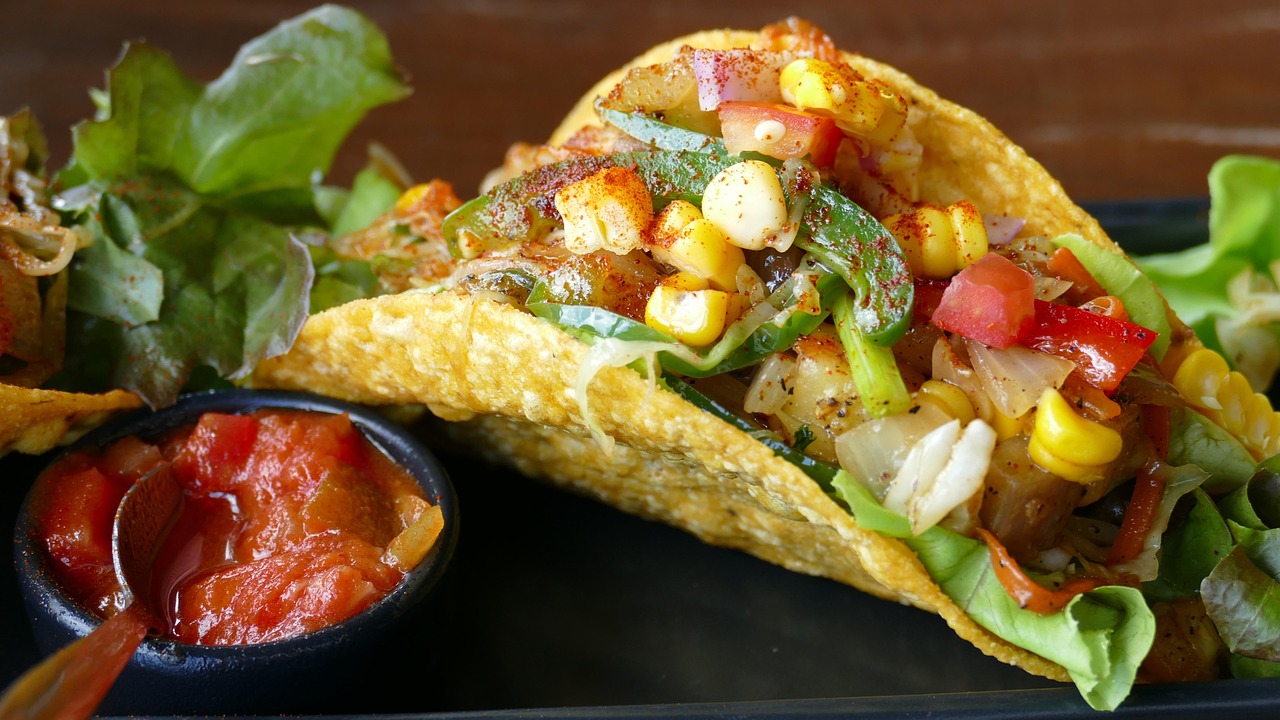







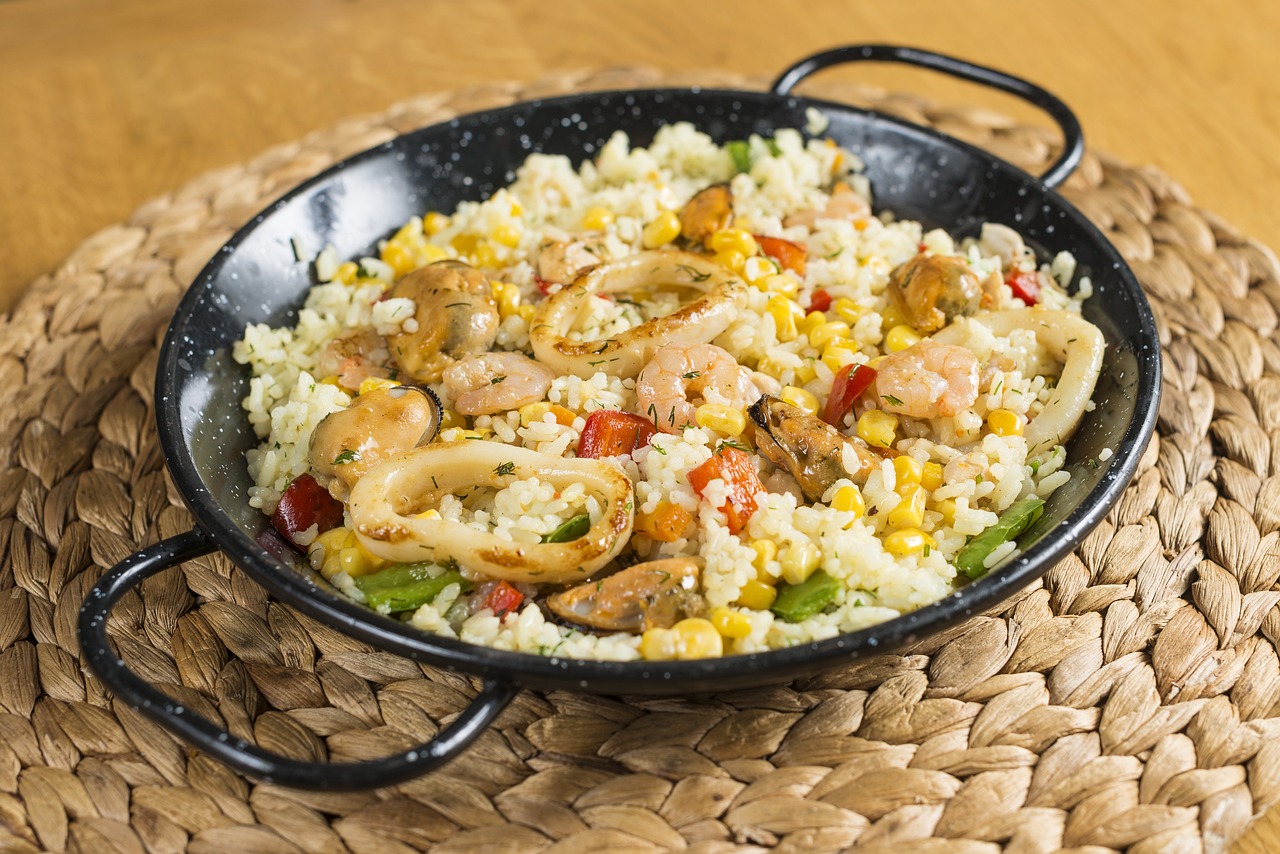

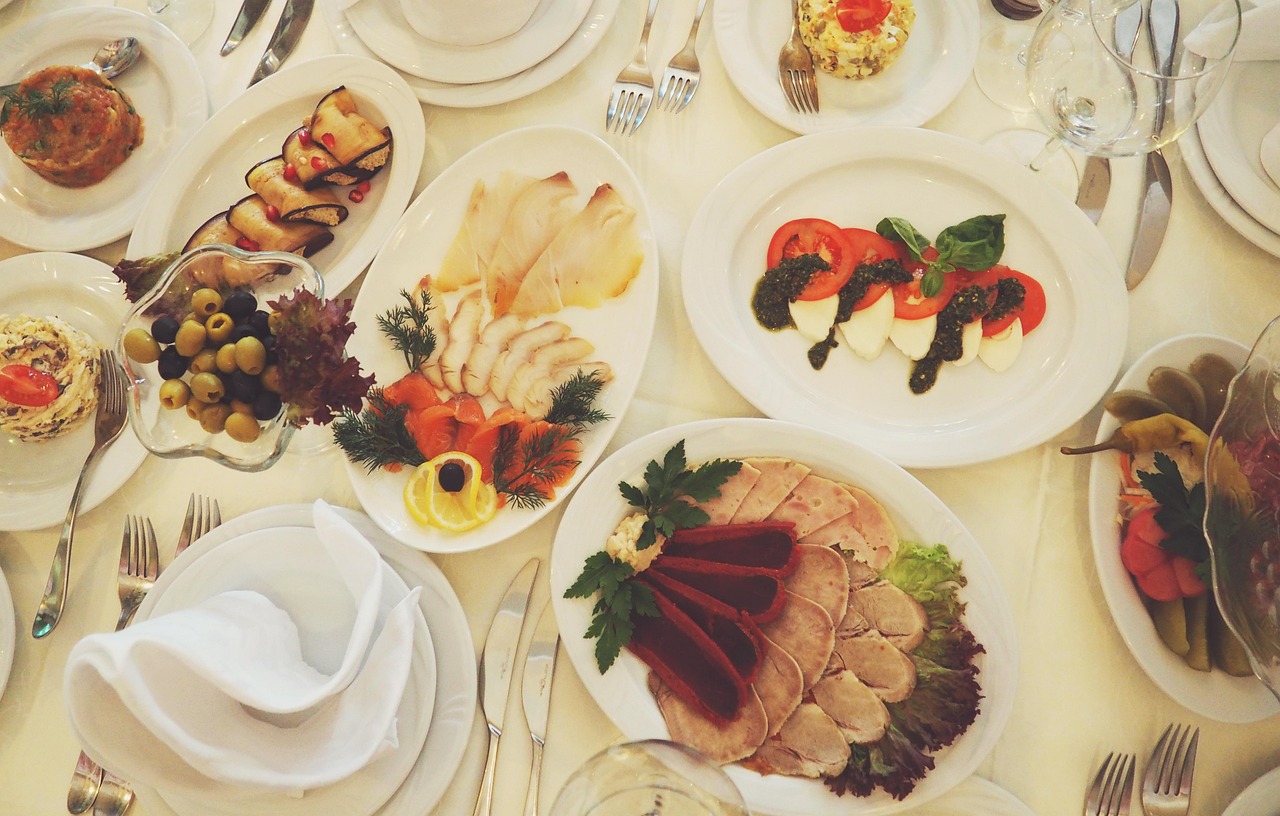
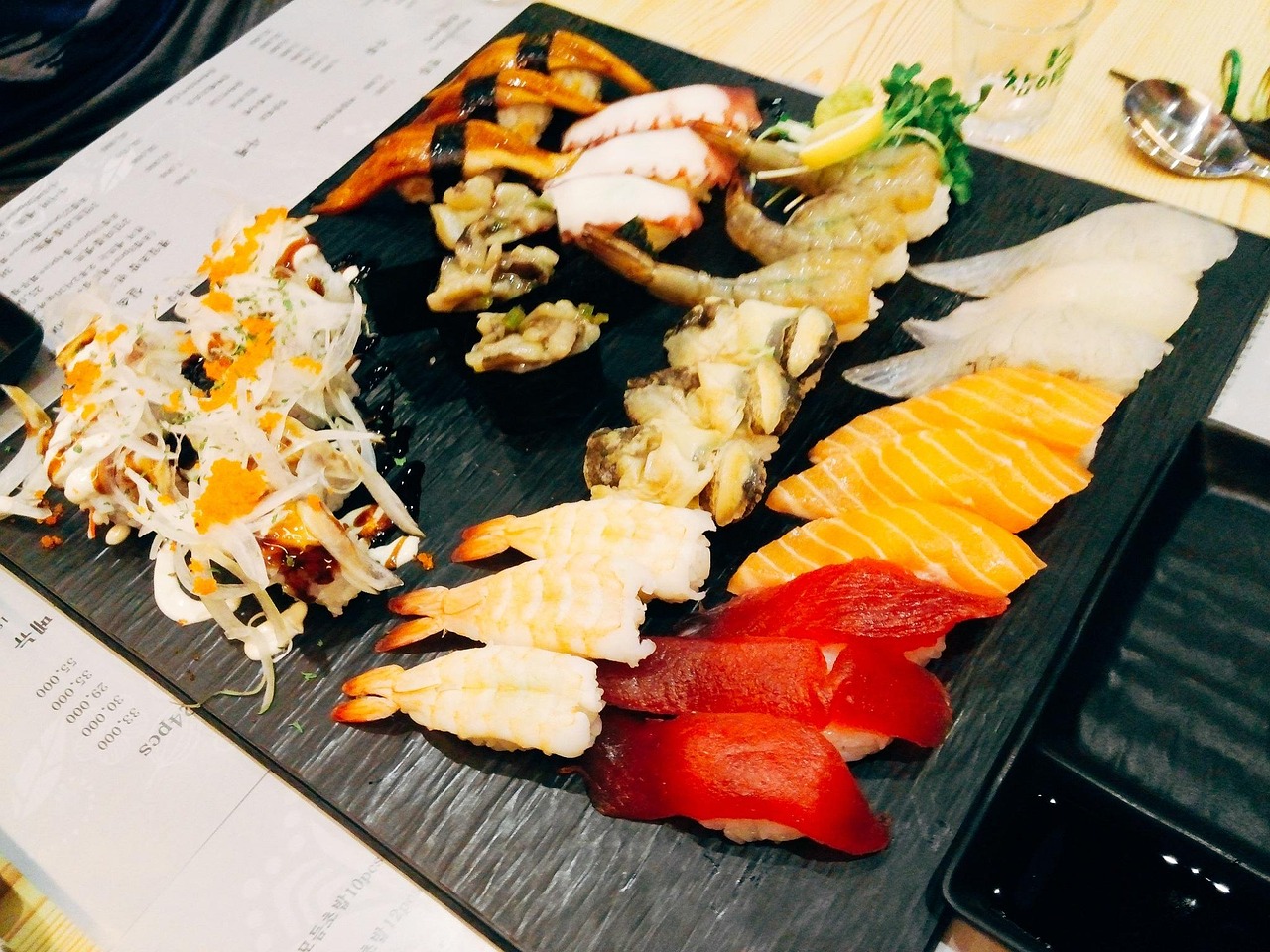
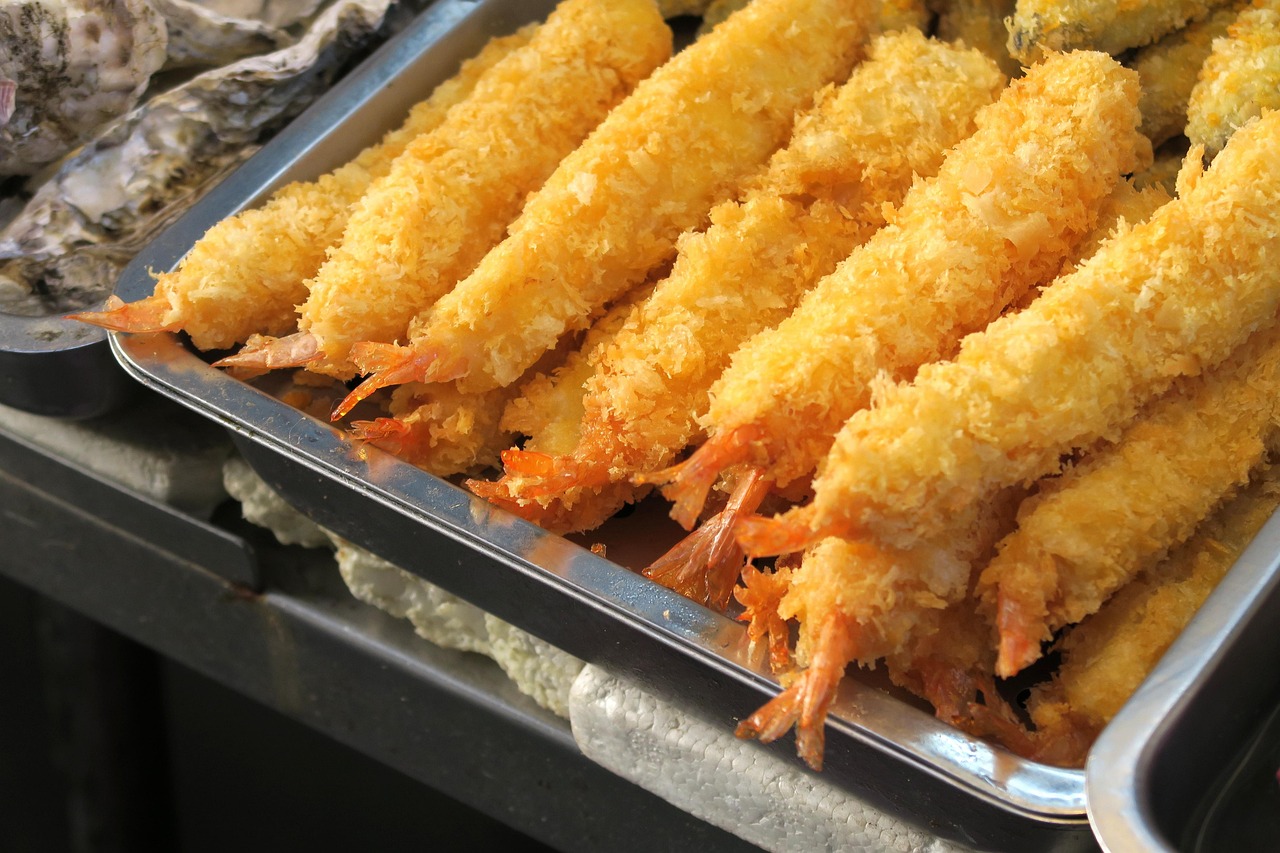
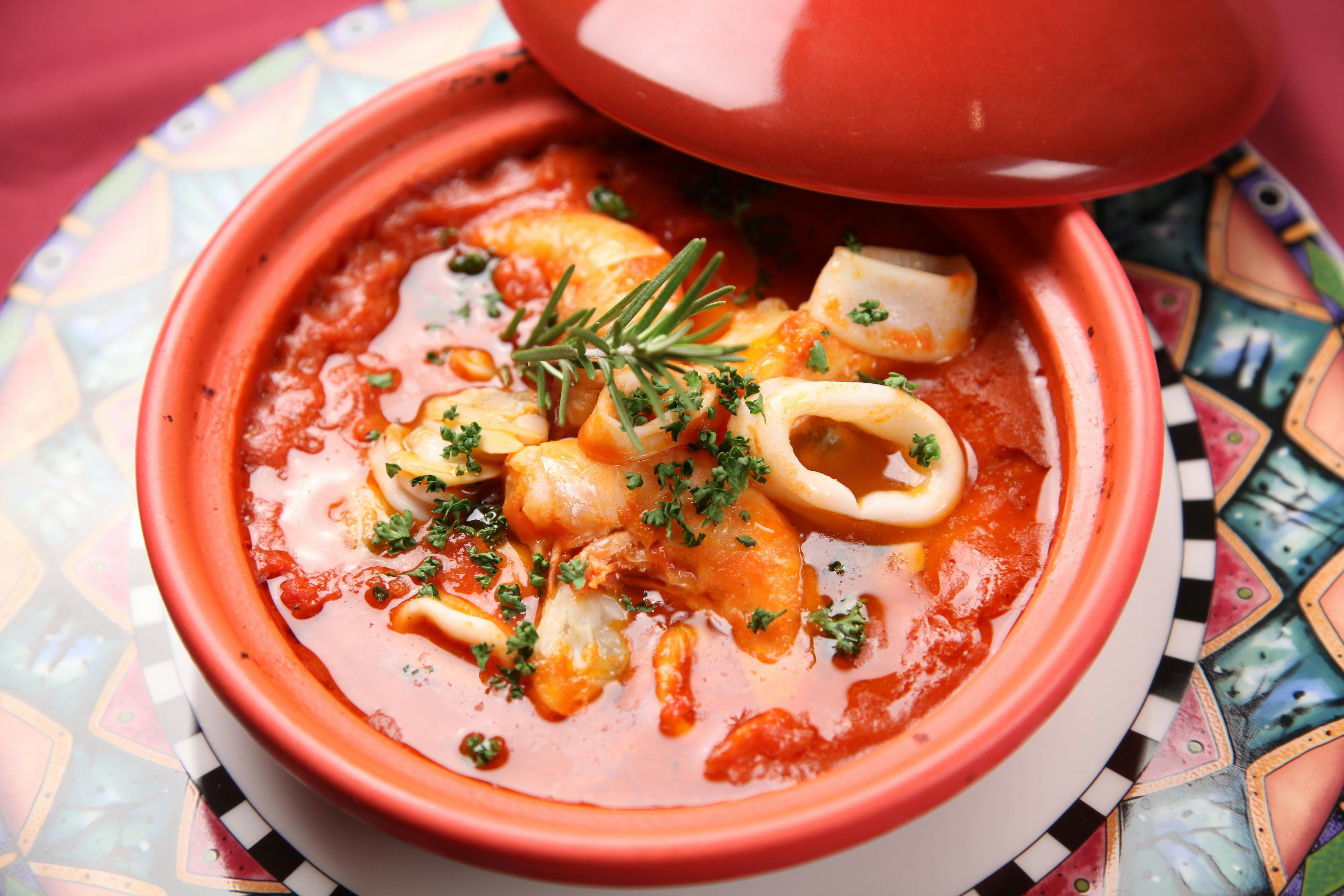
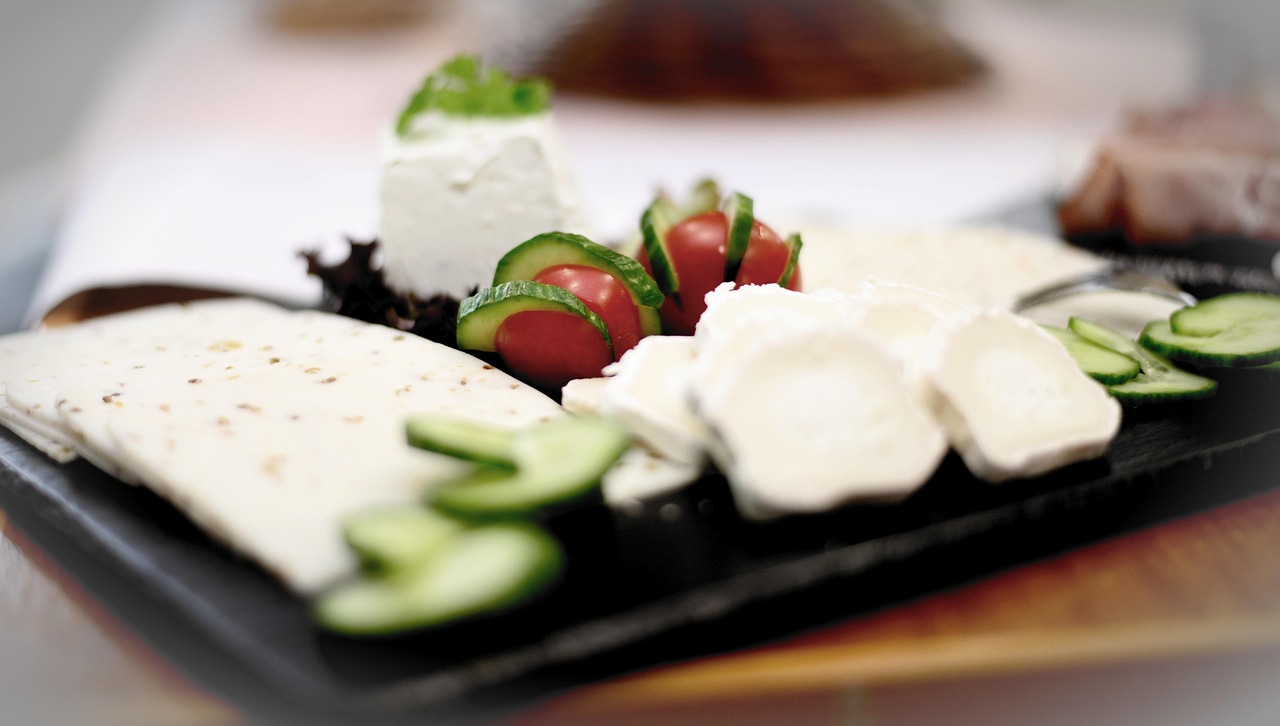
 京公网安备11000000000001号
京公网安备11000000000001号 闽ICP备2023004937号-3
闽ICP备2023004937号-3